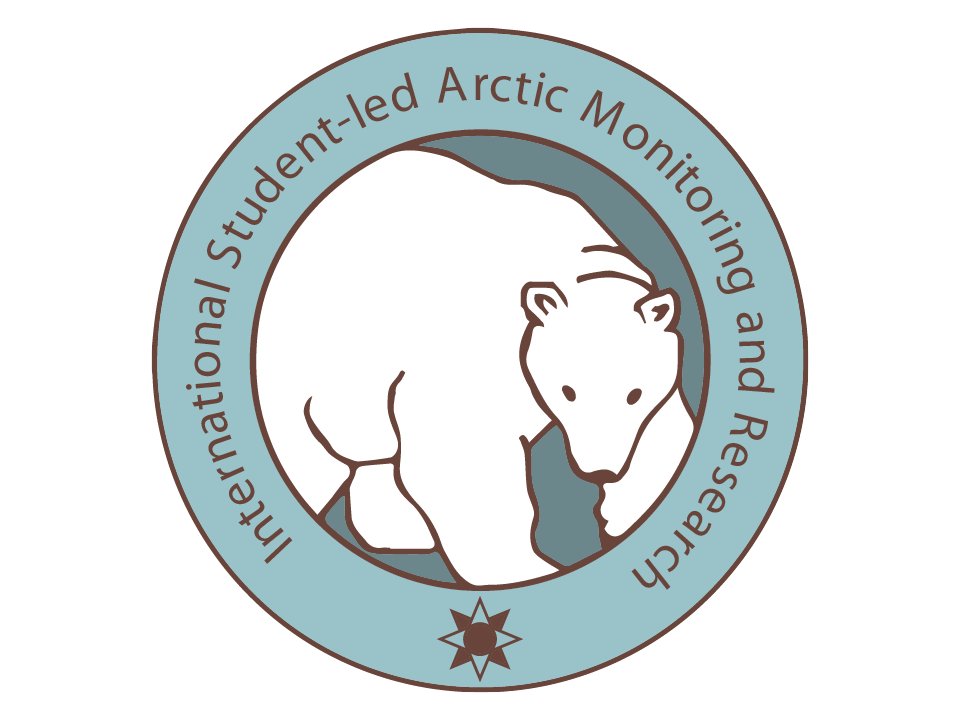August 11, 2018
It was cloudy this morning as we woke up at 6:30 am to begin our journey to Nestor One field camp from the CNSC. The first order of business was breakfast of oatmeal, eggs, bacon, sausages and biscuits at 7:00 am. Then, we scrambled to gather our gear before the helicopter arrival at 8:00 am. After a quick briefing on helicopter safety and Nester One, the first group of people boarded the chopper. It took five trips to drop off all of the field gear, food, tents, personal gear and students. The helicopter ride itself was approximately twenty minutes and was absolutely stunning. We flew over beautiful landscapes of beach ridges, lakes and marches and some even saw two sets of polar bears, a mom and a cub, resting on the tundra. The sensation of the helicopter ride was akin to being picked up by a giant, as if we were in a suitcase, and being tossed around as it swung its arms. Upon landing, we all helped to unload gear and set up camp. Nestor One is a field camp originally set up for researchers monitoring Canada Geese and is comprised of a bunkhouse, which is usually only used by the adults, a kitchen building, bathrooms, an outhouse and an open area. It is enclosed by a bear-proof fence and has running water, although we have to be conservative with our water usage. The students mostly stay in tents in the open area and it makes for a very cozy sleep, with the tundra wind howling by. There is a deck on top of the kitchen that serves as an observation tower for watching wildlife, taking pictures and hanging out. One of the crucial jobs when we arrived was to set up the tents the students would be sleeping in. This turned out to be a more difficult task than anticipated, as the different tent parts (rain cloth, poles, actual tent) were all jumbled together. So it was a puzzle figuring out which tents had all their parts and had the right parts to begin with. There was also the issue of who got which tents. Some people had claimed tents before they were all set up and then there was the issue of numbers (9 boys and 10 girls divided up into 5-6 three-to-five man tents), so needless to say, it was a bit of a mess. Eventually we got it figured out, and during this time people had kind of ate whenever they felt like it. We had about 30-40 minutes to get stuff put away in our tents and to prepare for the afternoon activity. We had a short hike out to a fen to collect data. It was an uber site, which means that we take all of the data twice with different students doing each job in order to compare data and make sure that there isn’t researcher bias. After collecting the data, we walked back to Nestor One, rested for a while, then ate dinner. Terry made cake, which was really good. We had a quick logistics meeting and then we all turned in for the night.
-Sam
